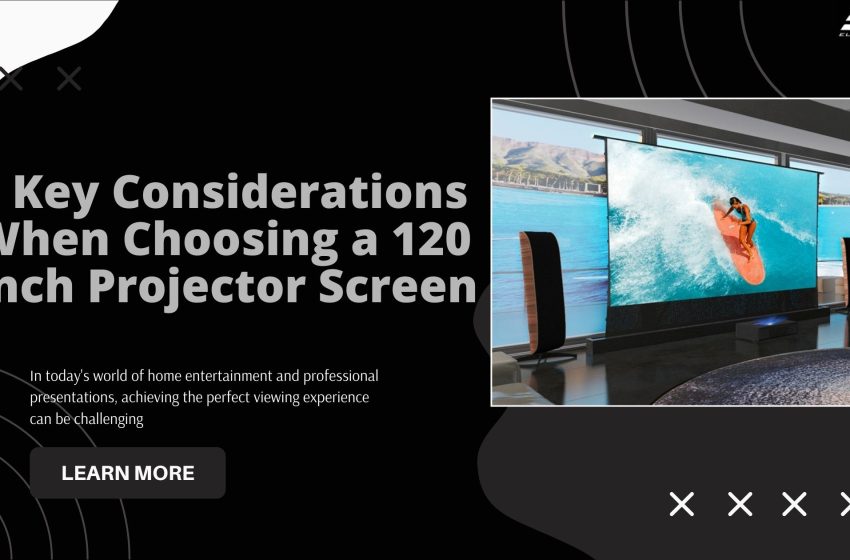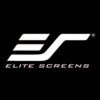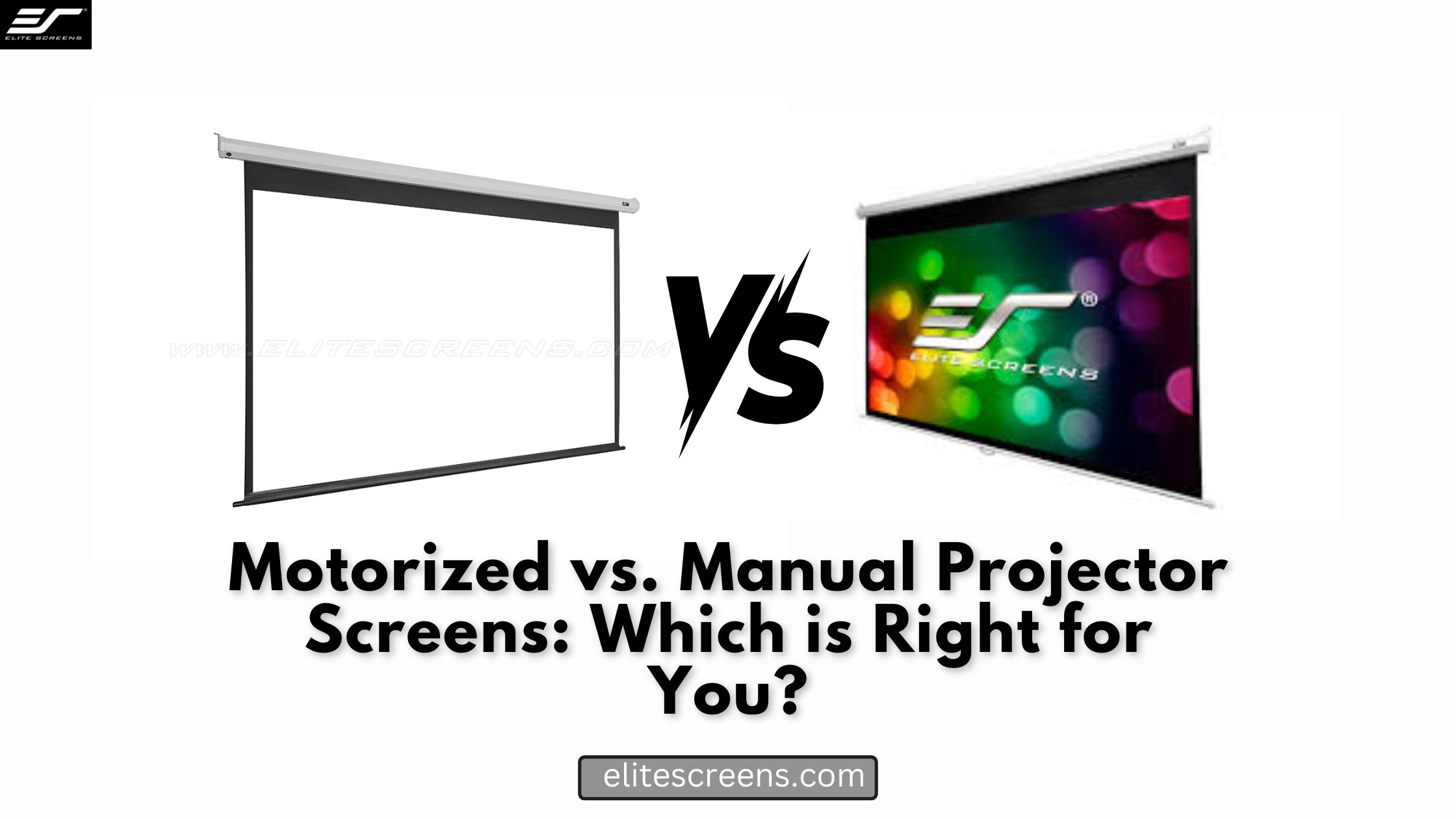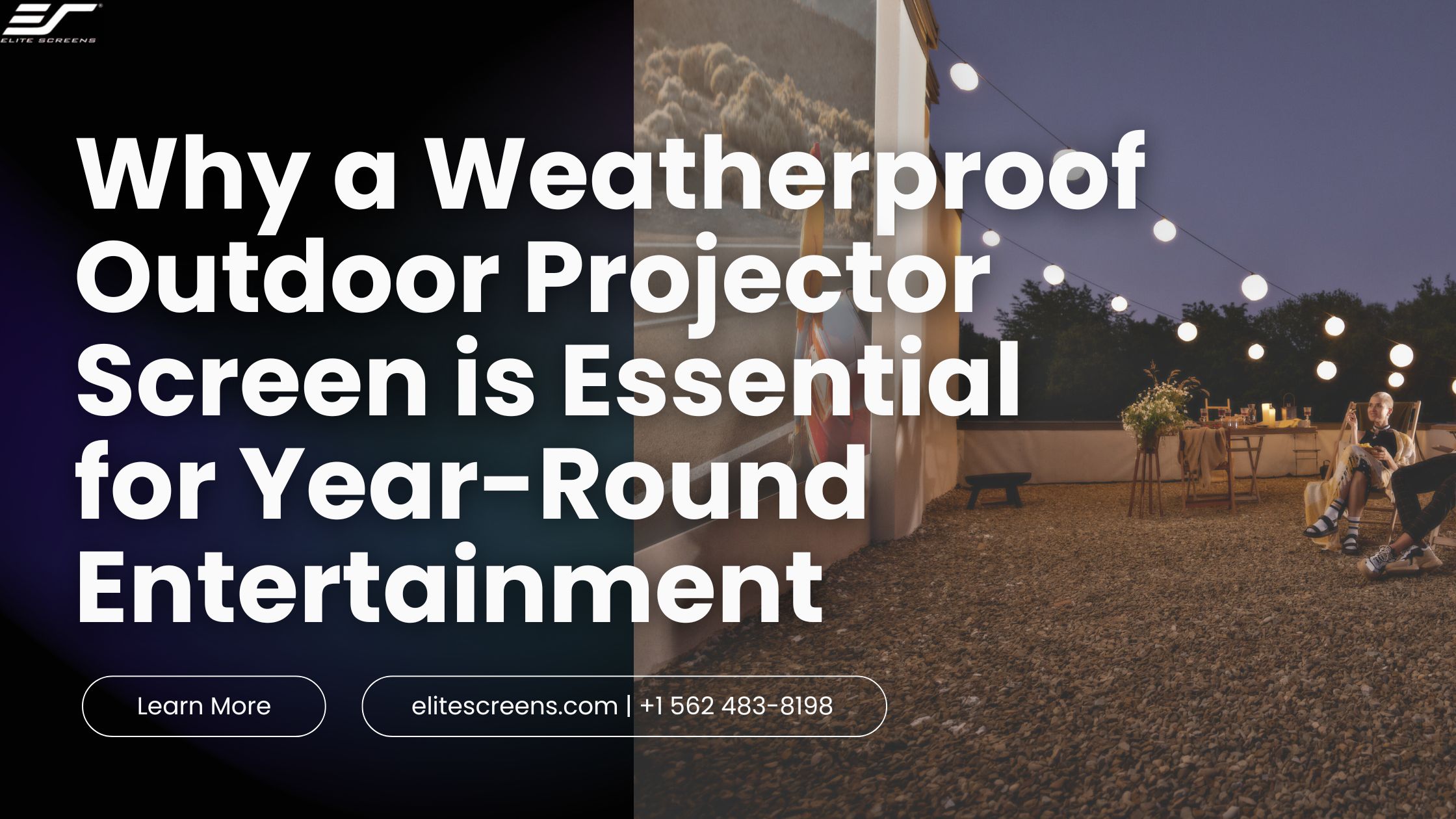5 Key Considerations When Choosing a 120 Inch Projector Screen

Are you in the market for a 120 inch projector screen? Whether you’re setting up a home theater or equipping a conference room, choosing the right screen is crucial for an optimal viewing experience. As experts in the field of projection technology, we’ve compiled this comprehensive guide to help you make an informed decision. Let’s dive into the five key factors you should consider when selecting a 120 inch projector screen.
- Screen Material
The screen material is perhaps the most critical aspect of your 120 inch projector screen. It directly impacts image quality, color accuracy, and overall viewing experience. Here are some common types of screen materials:
a) Matte White: This is the most versatile and widely used material. It provides good color accuracy and uniform light distribution.
b) Grey: Grey screens can enhance contrast, especially in rooms with some ambient light.
c) High-contrast: These screens are designed to improve black levels and overall contrast.
d) Acoustically transparent: If you plan to place speakers behind the screen, this material allows sound to pass through without distortion.
When choosing a screen material for your 120 inch projector screen, consider your room’s lighting conditions and your specific needs. For instance, if you’ll be using the screen in a bright room, you might want to opt for a material with better ambient light rejection properties.
- Gain Factor and Viewing Angle
The gain factor of a 120 inch projector screen refers to its ability to reflect light. A screen with a gain of 1.0 reflects the same amount of light it receives, while screens with higher gain reflect more light, resulting in a brighter image.
However, higher gain isn’t always better. While it can produce a brighter image, it often comes at the cost of a narrower viewing angle. This means that viewers sitting off to the sides may experience a dimmer or distorted image.
For a 120 inch projector screen, a gain between 1.0 and 1.3 is often ideal for most home theater setups. This provides a good balance between brightness and viewing angle, ensuring that everyone in the room can enjoy a high-quality image.
- Aspect Ratio
The aspect ratio of your 120 inch projector screen should match the content you’ll be viewing most often. The two most common aspect ratios are:
a) 16:9 (Widescreen): This is the standard for most modern TVs and is ideal for watching HDTV, Blu-ray movies, and gaming.
b) 2.35:1 (Cinemascope): This ultra-wide format is used in many Hollywood films and provides a more immersive movie-watching experience.
Some 120 inch projector screens offer adjustable masking systems that allow you to switch between different aspect ratios. While these are more expensive, they provide maximum flexibility for various content types.
- Installation and Mounting Options
When it comes to installing your 120 inch projector screen, you have several options:
Fixed Frame vs. Motorized:
- Fixed frame screens are permanently mounted and provide a consistently flat surface for projection. They’re ideal for dedicated home theaters or conference rooms.
- Motorized screens can be retracted when not in use, making them a good choice for multi-purpose rooms. However, they tend to be more expensive and may require professional installation.
Wall Mount vs. Ceiling Mount:
- Wall-mounted screens are easier to install and often more stable.
- Ceiling-mounted screens can be a good option if you have limited wall space or want to create a more professional look.
Consider your room layout and intended use when deciding on the installation method for your 120 inch projector screen.
- Screen Size and Room Dimensions
While you’ve already decided on a 120 inch projector screen, it’s crucial to ensure this size is appropriate for your space. Two key factors to consider are:
Throw Distance and Screen Distance: The throw distance is the space between your projector and the screen. Make sure your room can accommodate the required throw distance for your chosen projector and 120 inch screen combination.
Screen Size vs. Viewing Distance: For optimal viewing, the distance between your seats and the 120 inch projector screen should be about 1.5 to 2.5 times the screen width. For a 120 inch screen, this translates to a viewing distance of approximately 13 to 22 feet.
- Image Quality and Resolution
To fully appreciate the benefits of a 120 inch projector screen, consider these factors:
Compatibility with Projector Resolution: Ensure your screen can support the resolution of your projector. For a 120 inch screen, 4K resolution (3840 x 2160 pixels) can provide stunning detail and clarity.
Color Accuracy and Contrast: Look for screens that offer good color reproduction and contrast ratios. This will ensure your projected images look vivid and lifelike on your 120 inch projector screen.
- Budget and Additional Features
Pricing and Value for Money: 120 inch projector screens can vary widely in price. While it’s tempting to go for the cheapest option, remember that your screen is a long-term investment. Consider the overall value, including durability and image quality, rather than just the initial cost.
Additional Features: Some 120 inch projector screens offer extra features that might be worth considering:
- 3D capability: If you enjoy 3D content, ensure your screen is compatible.
- Acoustic transparency: This allows you to place speakers behind the screen for a more immersive audio experience.
- Tension adjustment: Some screens allow you to adjust the tension to ensure a perfectly flat surface.
Conclusion
Choosing the right 120 inch projector screen involves carefully considering various factors, from screen material and gain to installation options and room dimensions. By taking the time to evaluate these aspects, you can ensure that your investment provides years of high-quality viewing experiences.
Remember, the perfect 120 inch projector screen for you depends on your specific needs, room setup, and budget. Don’t hesitate to consult with projection experts or request demos before making your final decision.




